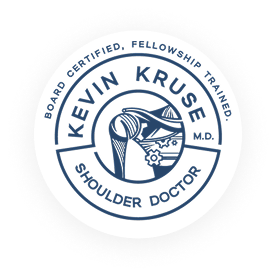How long do I have to wait to drive after shoulder surgery?
Resuming Driving After Shoulder Surgery: Guidelines and Precautions
Common Concerns About Post-Surgery Activities
Patients often inquire about the appropriate time to resume driving after undergoing shoulder surgery. This is a significant concern for many, as it impacts daily life and independence.
The Surprising Reality: Driving Post-Surgery
Contrary to common belief, patients can drive almost immediately after shoulder surgery. This advice stems from new data suggesting that driving post-surgery is safe, as it typically doesn’t require heavy weight-bearing or raising the arm above 90°.
Key Considerations for Safe Driving Post-Surgery
- Comfort and Safety: The primary concern is the patient’s comfort and sense of safety. If you don’t feel ready to drive, it’s advisable to wait. A good starting point is to practice driving around your neighborhood with a family member or friend.
- Pain Medication: It’s essential not to drive if you’re taking strong, narcotic pain medication. The effects of these drugs are akin to driving under the influence, which is both unsafe and illegal.
Driving Won’t Damage the Surgical Site
Patients often worry about harming their surgical site by driving. However, the use of the hand and arm in driving typically doesn’t pose a risk to the operated shoulder.
Overcoming Post-Surgery Fears
Many patients fear the recovery period after shoulder surgery, anticipating significant limitations in their daily lives. In our practice, we aim to alleviate these fears by informing patients that they can lead a relatively normal life post-surgery, with certain precautions.
Counseling for a Smooth Recovery
We focus on counseling our patients to ensure they understand that, while some activities might need to be modified post-surgery, their overall lifestyle won’t be significantly hampered. The recovery process, in many cases, is not as daunting as people fear.
Bottom Line: When to Drive After Surgery
In essence, you can drive right after shoulder surgery, provided you feel comfortable and safe, and are not under the influence of strong pain medication. This approach helps patients maintain a semblance of normalcy during their recovery and contributes to a more positive post-operative experience.

